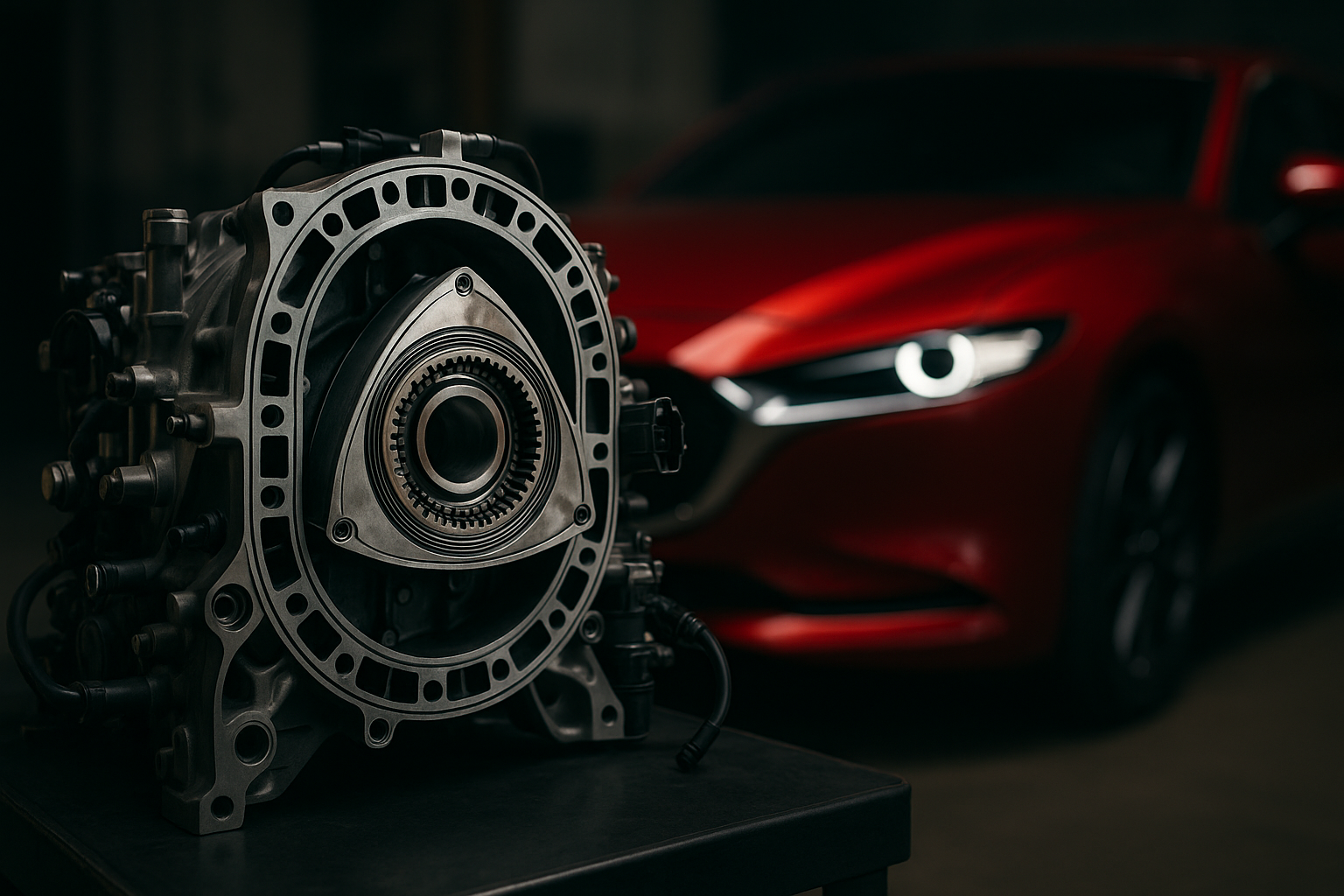A Deep Dive into the Resurgence of Rotary Engines
Remember the eccentric but brilliant rotary engine that powered the iconic Mazda RX-7 and RX-8? Well, it's making a comeback. This article delves into the intriguing past, present, and future of this unique automotive propulsion system. The rotary engine, also known as the Wankel engine, was invented in the late 1950s by German engineer Felix Wankel. Unlike conventional piston engines, the rotary engine uses a spinning rotor to convert pressure into rotational motion. The design is renowned for its smooth operation and high power-to-weight ratio.

The first mass-produced car to use a rotary engine was the NSU Spider in 1964. However, it was Mazda, a Japanese automaker, that truly embraced the technology. The brand’s rotary-powered RX-7 and RX-8 models are still highly sought after by car enthusiasts.
The Fall and Rise of the Rotary
Despite the rotary engine’s unique advantages, by the early 2000s, it had virtually disappeared from the automotive landscape. The main reason was its poor fuel efficiency and high emissions, which were increasingly incompatible with tightening environmental regulations.
However, recent technological advancements have sparked renewed interest in rotary engines. Mazda, the torchbearer for this technology, announced in 2020 that it is bringing back the rotary engine as a range extender for its electric vehicles. The compact size and smooth operation of the rotary engine make it an ideal companion for electric powertrains.
The Modern Rotary: Challenges and Opportunities
Integrating a rotary engine into a modern vehicle is not without challenges. The engine’s high oil consumption, for example, is a significant issue that engineers must address. Moreover, it must meet stringent emission standards.
Nevertheless, the potential benefits are substantial. A rotary engine’s compact size and light weight could significantly improve the packaging and handling of electric vehicles. Plus, the engine’s smoothness could enhance the overall driving experience, providing a seamless transition between electric and range-extender modes.
The Future of Rotary Engines
The future of rotary engines depends largely on technological advancements and market acceptance. If engineers can overcome the engine’s inherent drawbacks, and if consumers embrace the unique driving experience it offers, rotary engines could once again become a staple in the automotive world.
The return of the rotary engine is more than a nod to nostalgia. It’s an example of how innovative engineering can breathe new life into old technologies. As the automotive industry continues to evolve, who knows what other surprises await?
Conclusion
The rotary engine’s tale is one of innovation, decline, and resurgence. While challenges lie ahead, its unique characteristics make it a potent tool in the quest for more efficient and enjoyable driving experiences. As we stand on the cusp of its comeback, the rotary engine’s journey is far from over. It is a testament to the automotive industry’s ability to reinvent itself, continually pushing the boundaries of what’s possible.




